Wonder
From the comfort of air conditioned automobiles the wonders of the Mojave Desert are viewed much differently today than in the times when names such as Death Valley and Funeral Mountains were chosen for these locations.
A lady meditates amongst the mineral deposits of Death Valley known as Artist’s Palette.
I’m not sure prospectors of olden days spent much time meditating here in the other- world beauty of Death Valley. Recreational communing with nature would have been an unimaginable concept to them I would think. Livelihood if not existence here was tough business. Prospector Jack Keene scratched around the Funeral Mountains without success for some 8 years. But his dogged persistence paid off. He and fellow digger Domingo Etcharren hit pay dirt –gold– on the Death Valley slope of the Funeral Mountains in late 1903. Their 1904 claim was named “Wonder.” Both sold their claim for $45,000. The yield of the mine –gold and silver– was estimated at nearly a million dollars. It was part of the “Bullfrog” lode that created the city of Rhyolite.
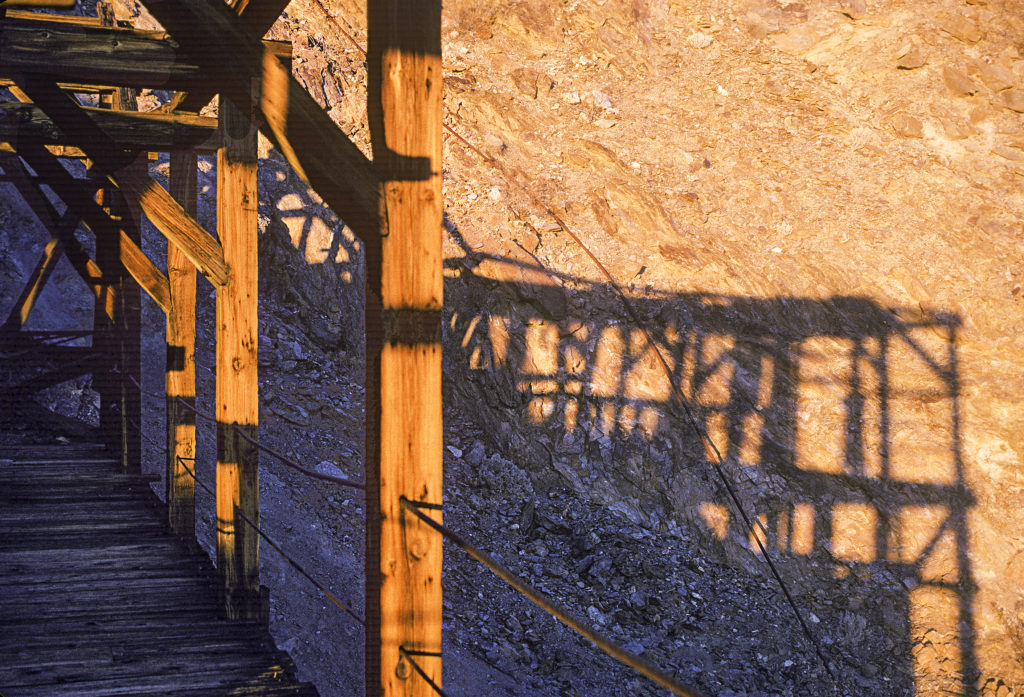
The Keane Wonder Mill. The raw ore was deposited here from mine buckets delivered by a tram wire. Ore was crushed then pulverized before the valuable elements were separated mechanically, chemically, by slurry and wash.
Domingo Etcharren went on to buy a store in Darwin. Jack Keane returned to his homeland Ireland where he landed in prison after a sentence of 17 years for killing someone.
In 1908 the mine site had a house, an office building and a cookhouse. There were plans for an ice house as well. By 1909, 50 men were working at the mill and the mine. Work also began on a cyanide mill used for separating gold from rock.
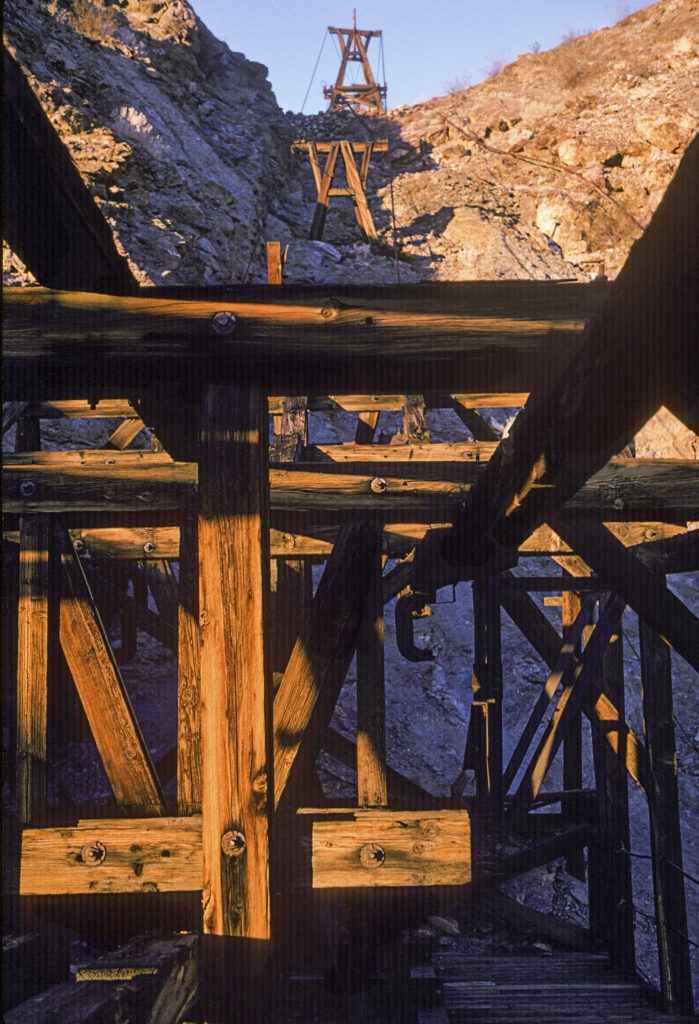
The Wonder Tram.
The mill and tram were powered by gravity. With an elevation drop of 1, 300 feet from mine shafts to mill, loaded ore buckets traveled a descent of about a mile pushed by gravity on a tram wire stretched between eleven towers. The energy generated not only sustained the tram but pumped water, operated an ore crusher and the mill. The self sustaining power concept seems to be a technology applicable today somewhere, somehow.
“Old Dinah” a steam engine tractor used to haul Wonder ore to the train line at Rhyolite. On the third trip, the tractor blew a flue and was abandoned on the spot. Now it commands tourist attention at the Furnace Creek Ranch.
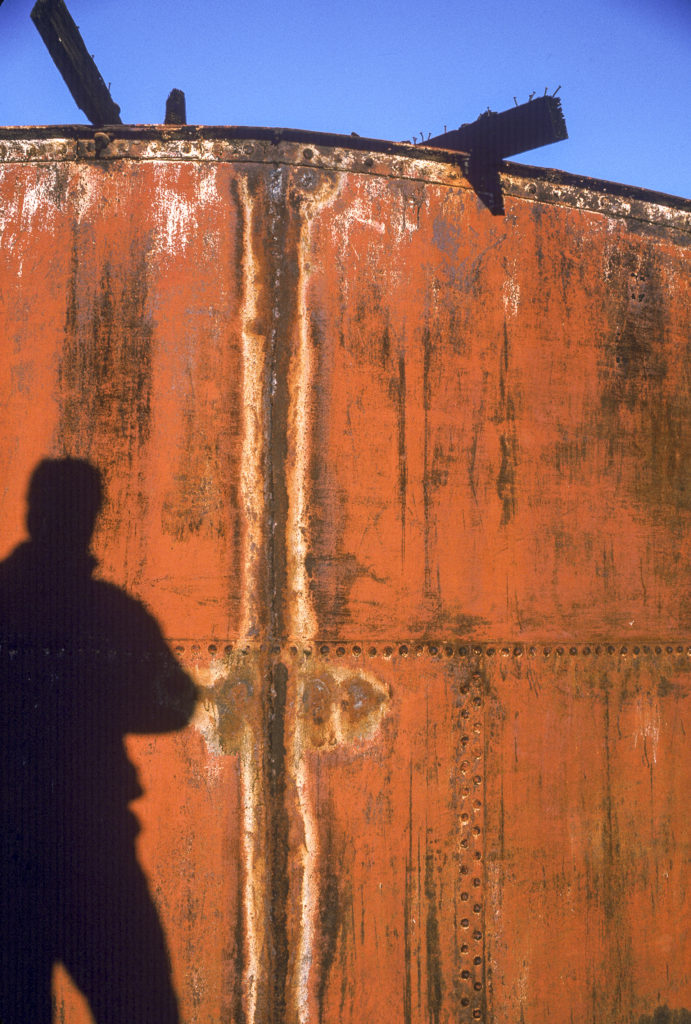
Keane’s Wonder mine shut down in 1912 with the announcement it was tapped out. It started up again in 1914 but went went idle once more in 1916. It restarted in 1935 to rework the tailings with Cyanide. The Chemical was stored in these large tanks.

The mine closed again in 1937. The next interest in Wonder came in 1940.
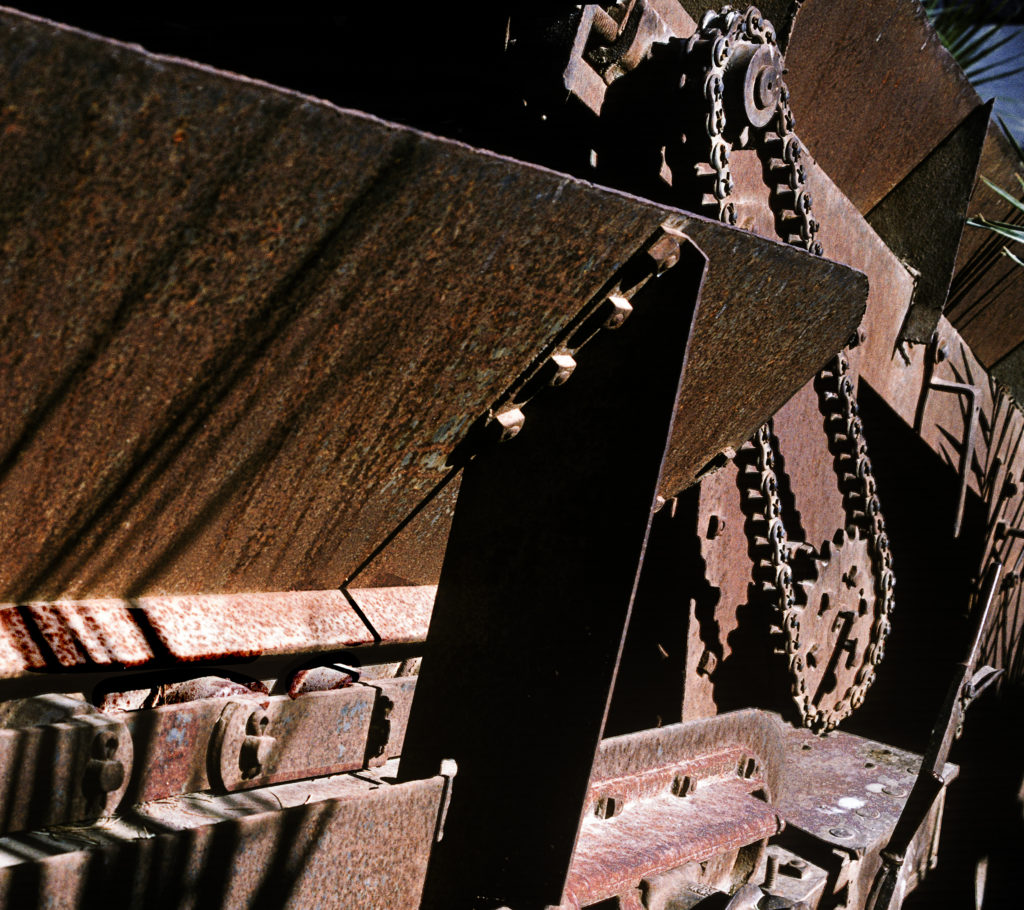
The tram was refurbished. Machines retooled and geared up. But operation was not meant to be. In 1942 all usable gear except the tram was moved to other mines. In 1972 the abandoned mine site came under the protective reach of the National Park Service.
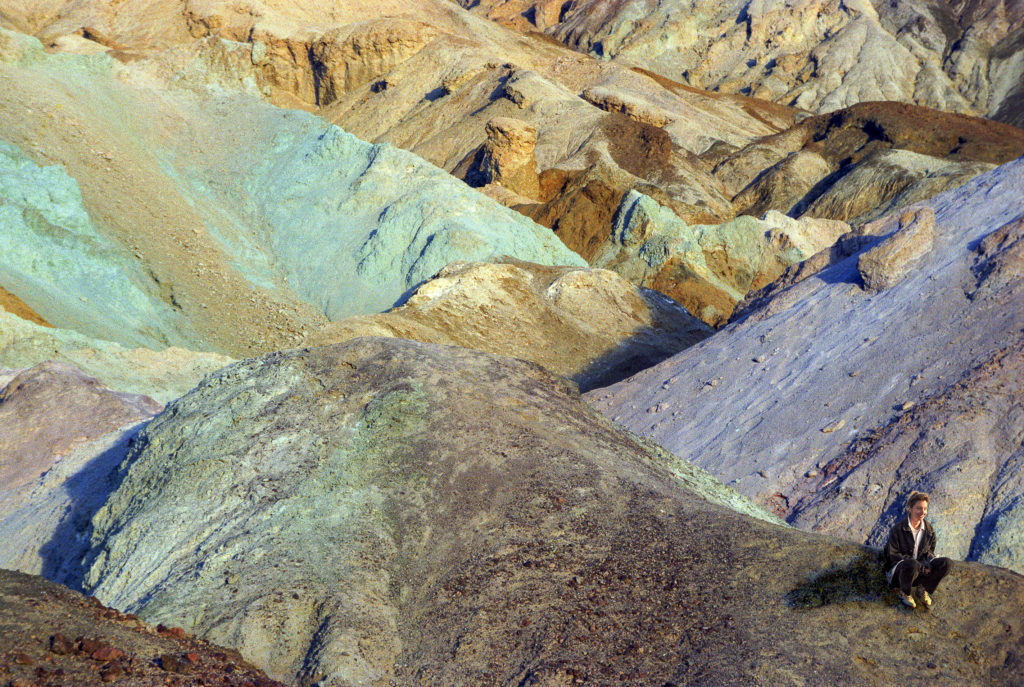
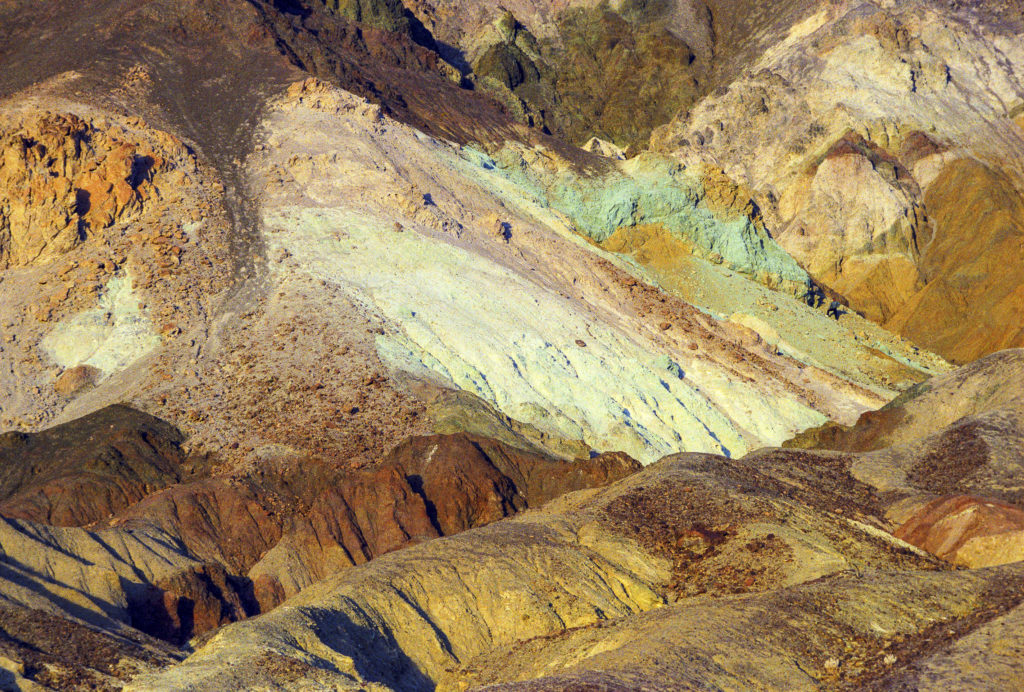
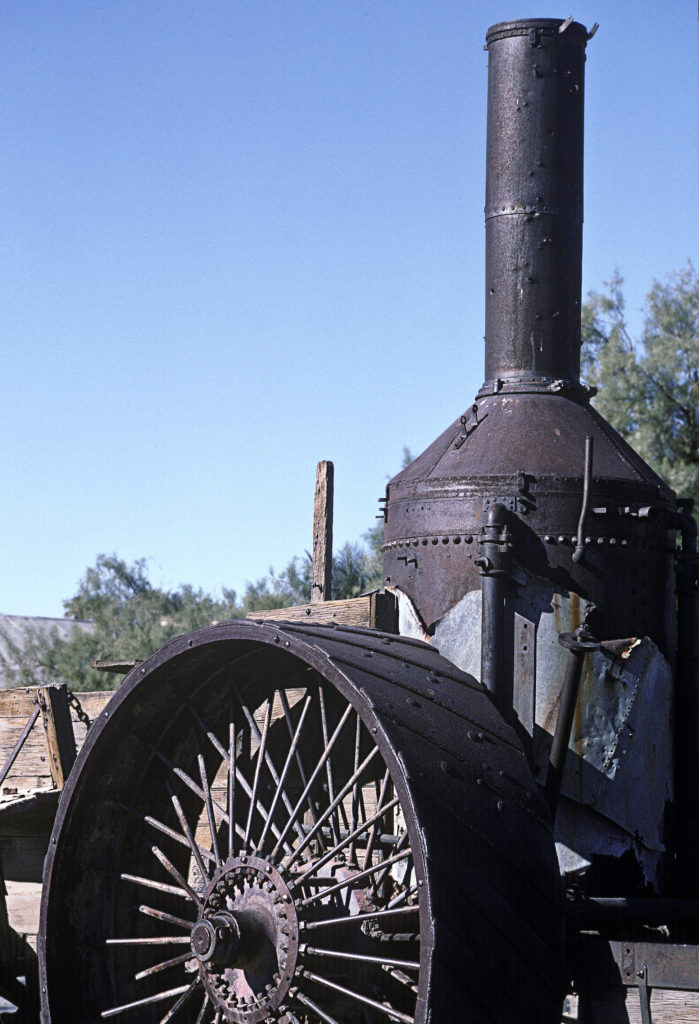
1 COMMENT
How your eyes through the camera bring history to life! Thank you.
L,
C